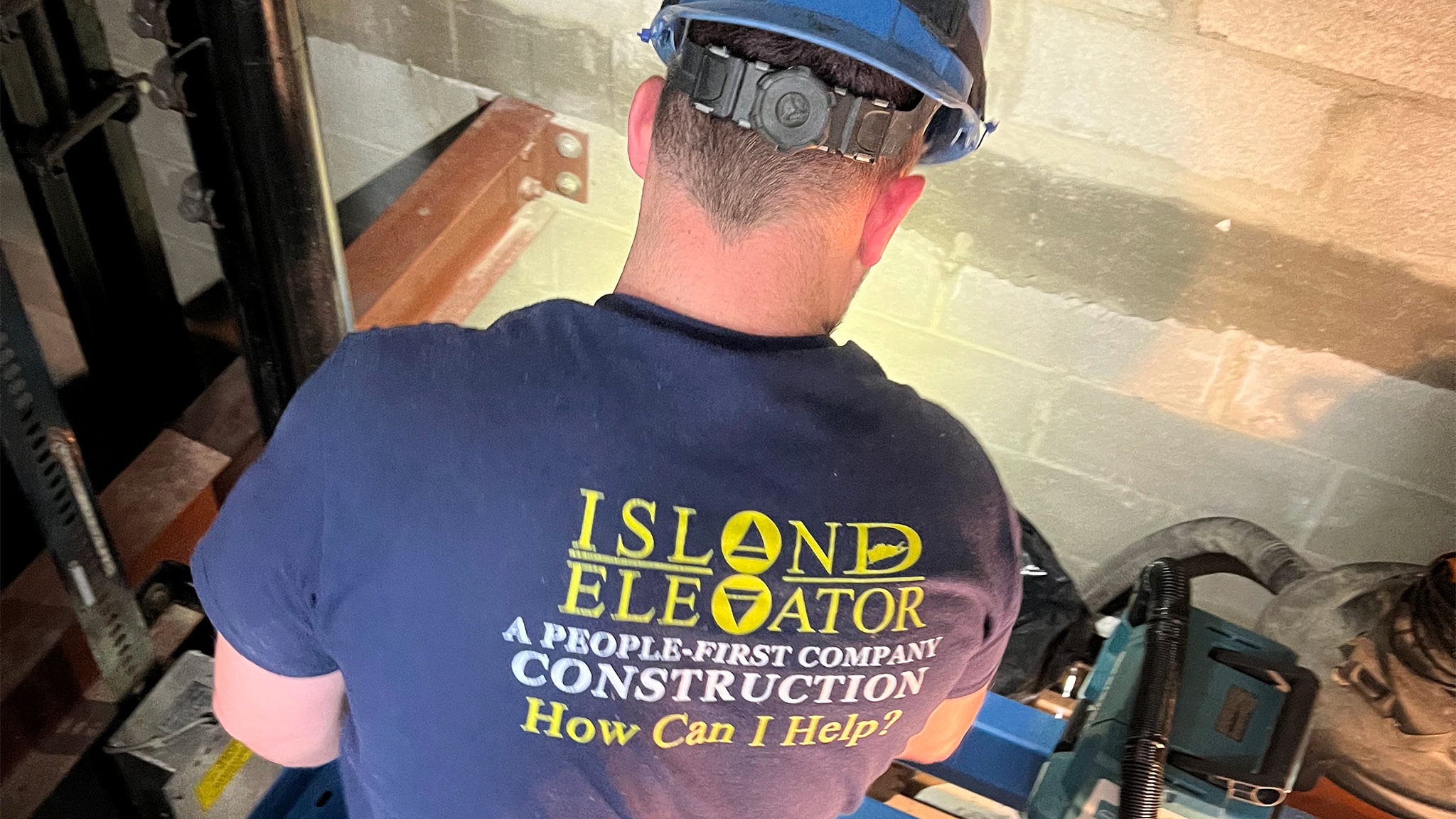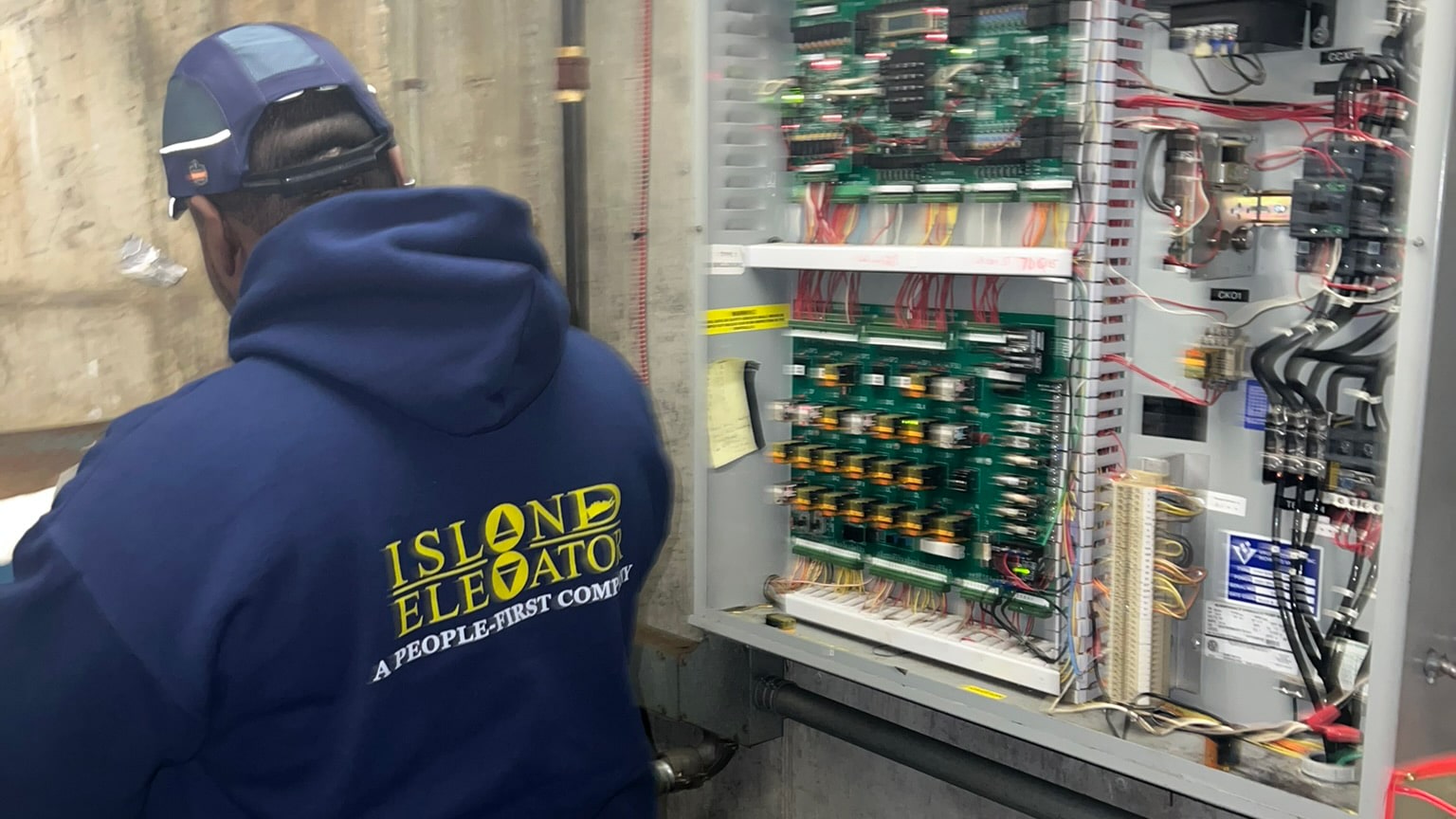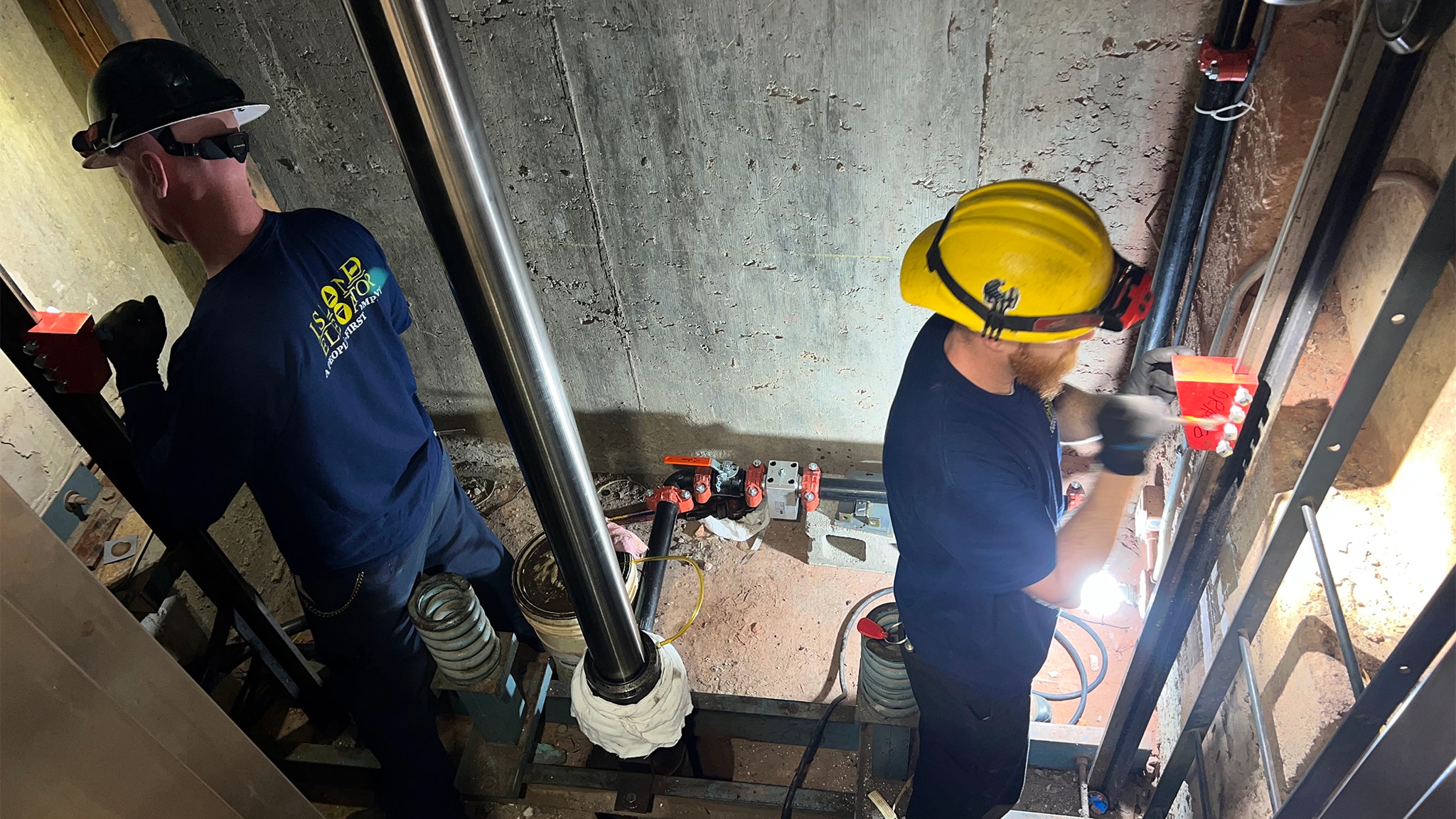Elevators are complex systems that require consistent upkeep to operate safely and efficiently. For property owners and managers on Long Island, regular elevator maintenance is essential for preventing costly repairs, minimizing downtime, and ensuring reliable performance. By addressing minor issues before they escalate, routine maintenance offers significant savings in the long run. Here’s why a proactive approach to elevator care is vital.
1. Catching Small Issues Before They Grow
One of the main benefits of regular maintenance is that it allows technicians to identify and address minor issues early. Components like cables, pulleys, and control systems naturally experience wear and tear over time. During a maintenance visit, a qualified technician can inspect these parts, replace or repair what’s needed, and prevent minor problems from turning into major malfunctions. Regular maintenance catches issues before they escalate, reducing the need for costly emergency repairs.
2. Extending the Lifespan of Elevator Equipment
Elevators are a long-term investment, and regular maintenance plays a critical role in preserving this asset. Maintenance not only keeps the elevator running smoothly but also extends its operational lifespan. Components that are well-maintained experience less strain, reducing the frequency of replacements. In the end, regular maintenance helps you get the most value out of your elevator, saving money by avoiding premature replacements.
3. Improving Energy Efficiency and Reducing Operational Costs
When elevators are well-maintained, they operate more efficiently, using less energy to perform their tasks. Components that are clean, lubricated, and properly adjusted experience less resistance, leading to energy savings. An efficient elevator system not only reduces electricity costs but also prevents the strain that can lead to costly repairs. In turn, this supports sustainability and helps keep operational costs low.
4. Ensuring Safety and Compliance
Regular maintenance is essential for meeting safety regulations and staying compliant with local codes on Long Island. Elevator codes and safety standards are updated regularly, and a maintenance provider can ensure your elevator remains up to date. By maintaining compliance, you reduce the risk of accidents and potential liability issues. Island Elevator’s experienced team can help ensure that your system is safe, reliable, and compliant with the latest safety standards.
5. Minimizing Downtime and Keeping Tenants Happy
Elevator downtime is inconvenient for tenants, employees, and visitors and can disrupt the flow of daily activities in any building. Regular maintenance minimizes unexpected breakdowns, ensuring elevators remain operational and reducing the inconvenience of downtime. This proactive approach keeps your building functioning smoothly and maintains a positive experience for all users.
Trust Island Elevator for Quality Maintenance on Long Island
Island Elevator offers comprehensive maintenance services tailored to meet the needs of property owners and managers on Long Island. Our team of skilled technicians provides thorough inspections, preventive repairs, and compliance checks to keep your elevator in optimal condition. Investing in regular maintenance with Island Elevator helps you avoid costly repairs, ensures safety, and maximizes efficiency for your building’s elevator system.
Contact us today at 631-491-3392 to learn more about your options and how we can help ensure the safe and efficient operation of your elevators.










